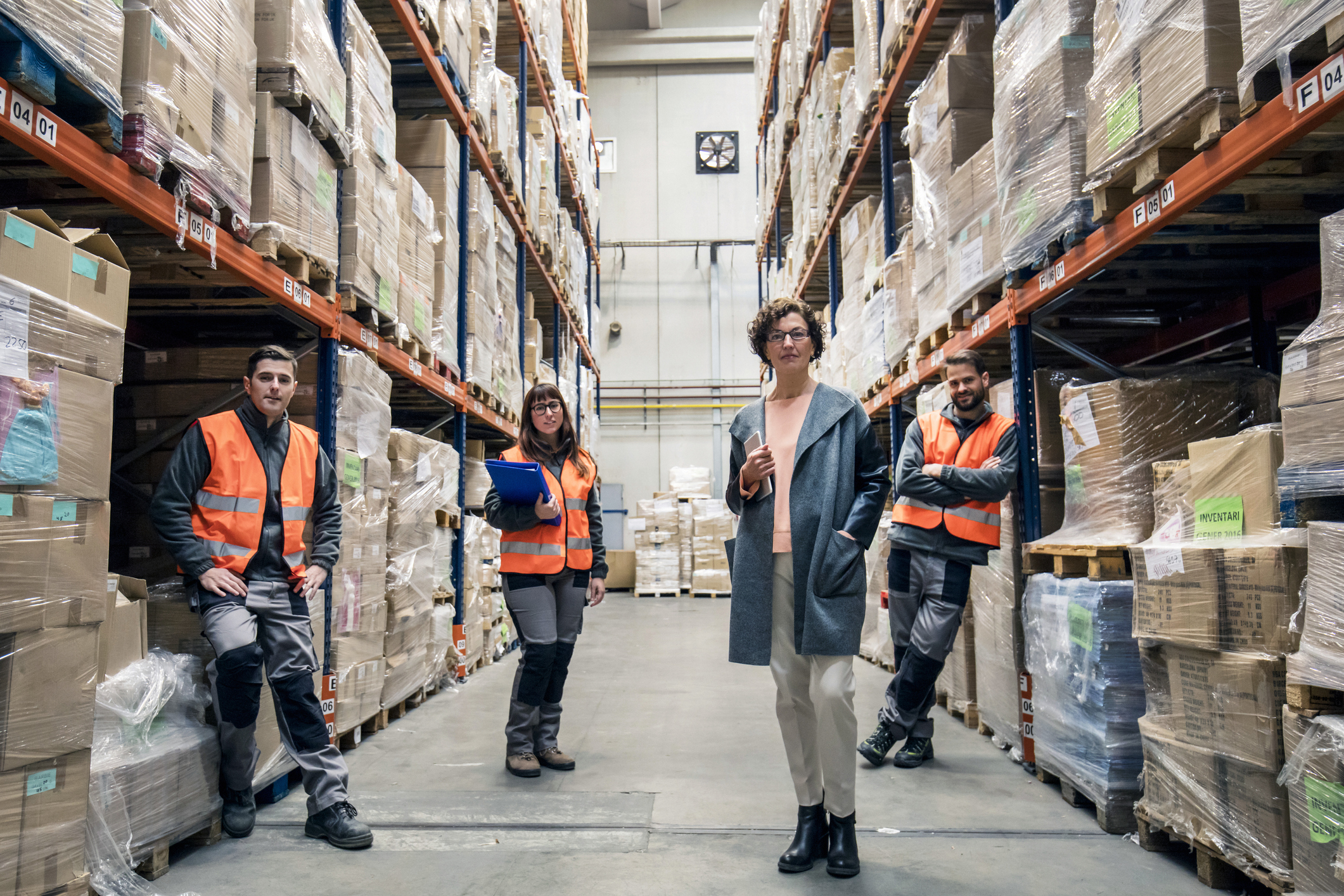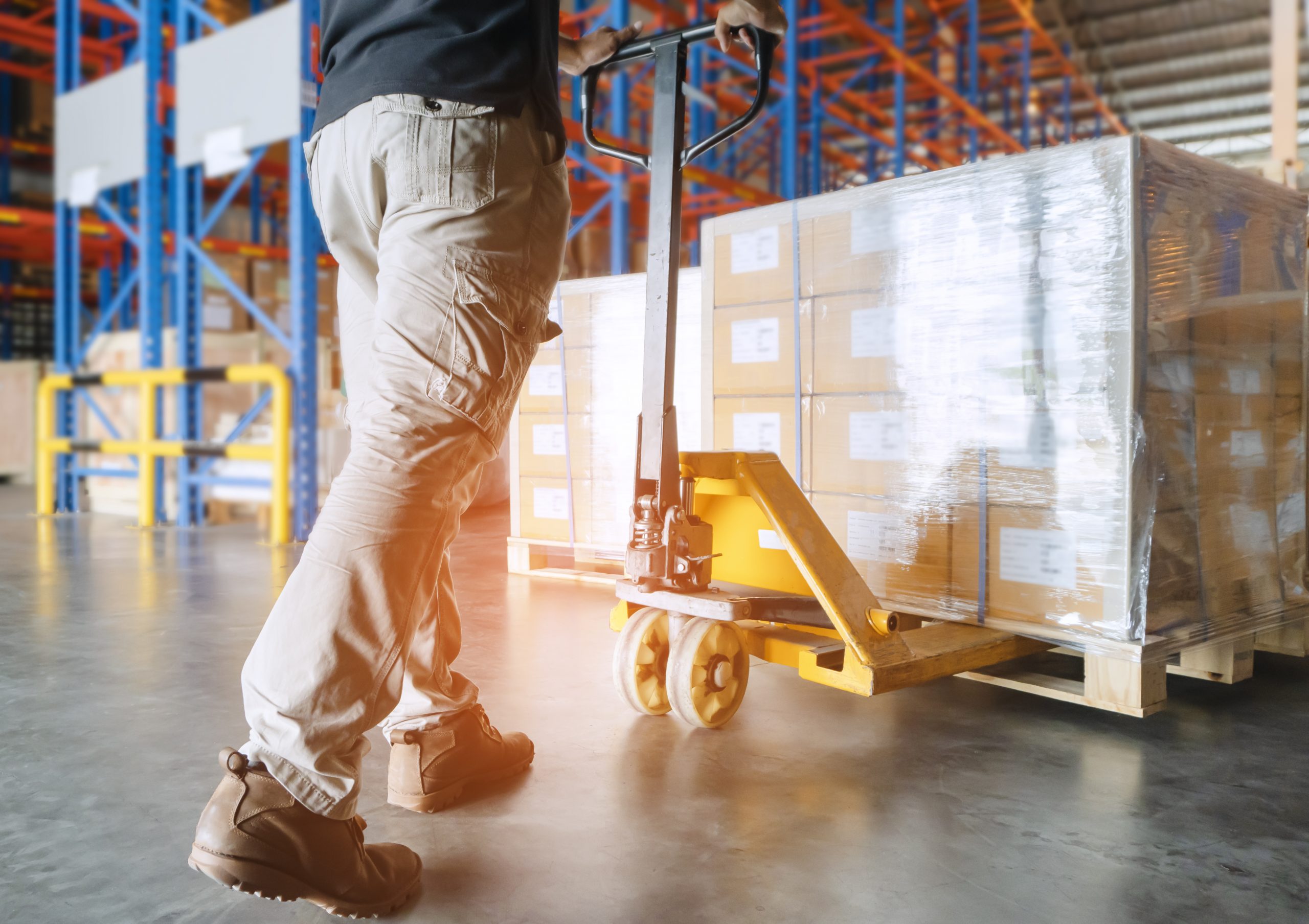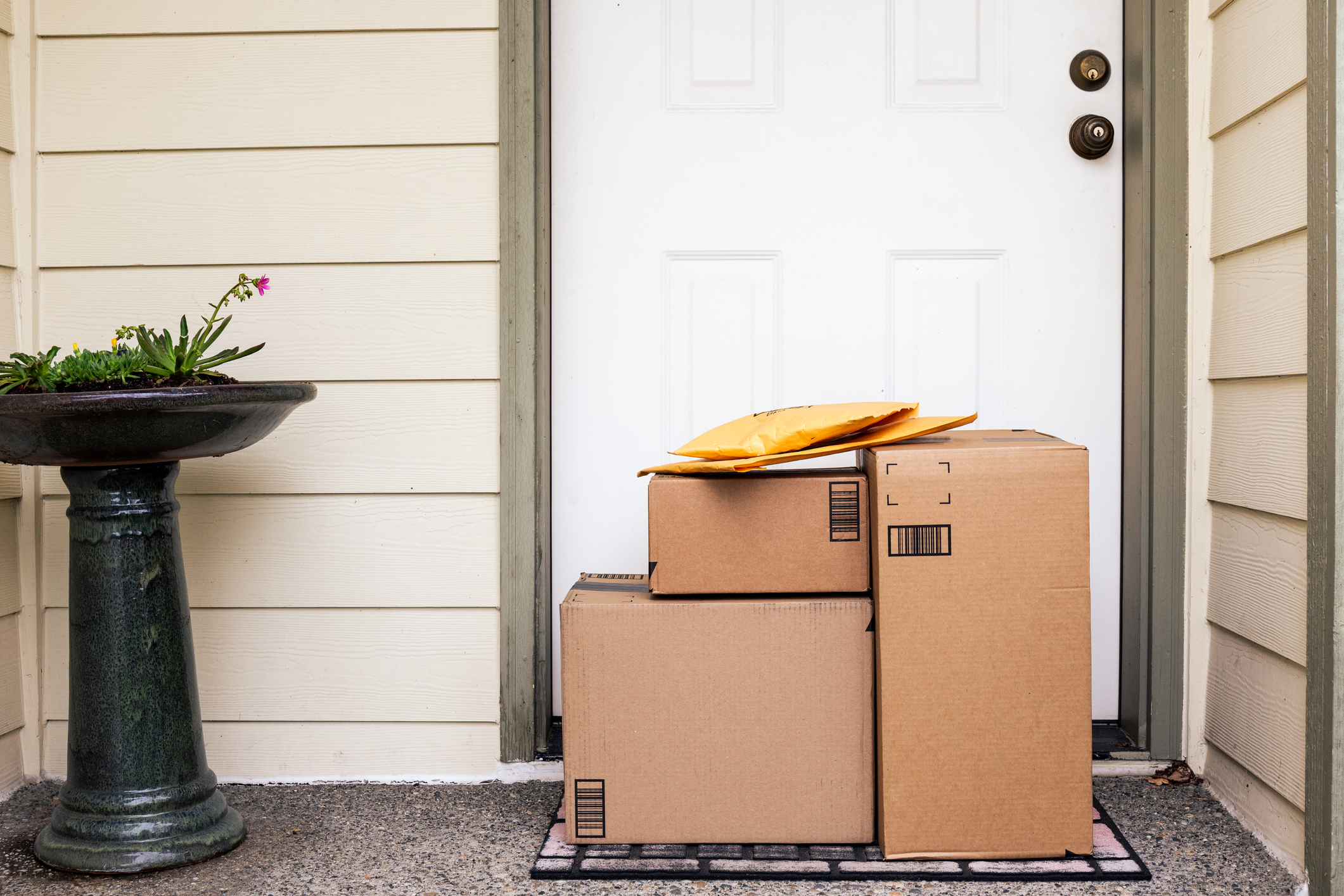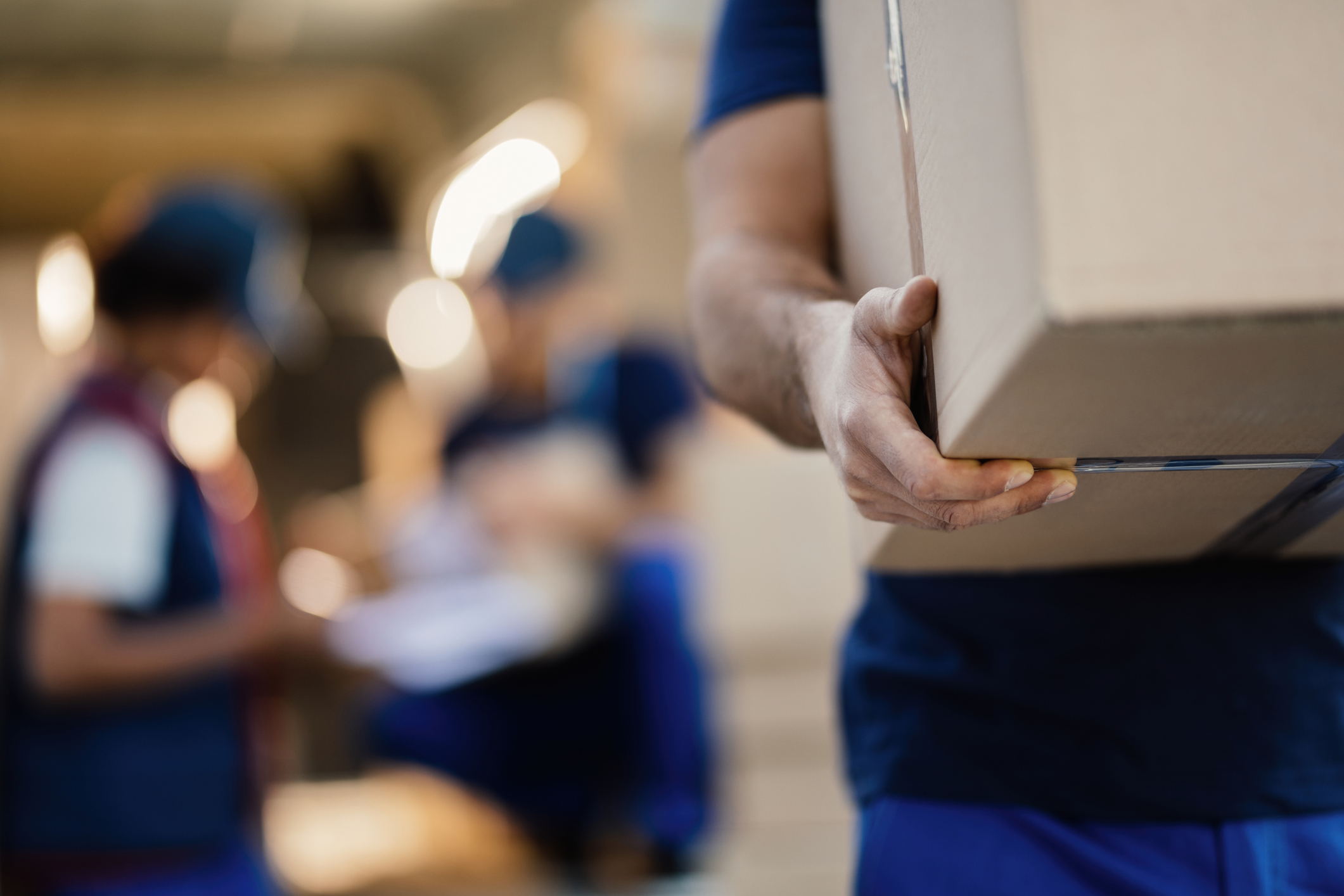
Intelligent Fulfillment (IF) is the use of various integrated technologies and best-in-class processes to perform product fulfillment in the most cost-efficient manner possible in line with clients’ needs and expectations. It is one of the earmarks of a modern, tech-empowered 3PL. Ideally, an order fulfillment service provider implements intelligent fulfillment practices to differentiate their service offering from their competitors and better position their organization to retain and gain new business by offering a superior client experience.
Implementing and integrating advanced technology can cost a lot of money and smaller fulfillment service providers may believe that intelligent fulfillment solutions are not within their budgetary reach. However, there are lower-cost component parts of an IF solution that can serve as a starting point for small organizations to slowly move forward towards embracing intelligent fulfillment with the goal of protecting their competitive standing.
10 Intelligent Fulfillment Goals and Opportunities for 3PL Companies
- Integrate existing technology platforms to drive a better synchronized fulfillment experience for the organization and client.
- Implement new technology that extends real-time inventory views to the client and results in an overall, improved inventory management experience for both the fulfillment service provider and the client.
- Embrace technology upgrades that support omni-channel marketing/fulfillment solutions to best support clients operating across various marketplace platforms.
- Focus on improving order management technology first, and ensure that new technology supports various customer delivery, store pickup or carrier access point delivery options.
- Work towards identifying all fulfillment related costs and embrace technology platforms that support management of those identified costs.
- Constantly work with your management team on long-term planning and identifying process optimization/best practices. Implement those practices across the workforce and seek out technology solutions that support and measure the results of newly implemented best practices.
- Seek out the best professional talent possible, and understand that retaining legacy employees in key positions that lack the necessary skillset are detrimental to the long-term success of the organization.
- Understand that the up-front cost for implementing new technology should result in lower unit processing cost down the line. It is all about leveraging those up-front costs against future operating cost reductions.
- Engage in demand forecasting and link projected increases/changes in business to proactive capacity improvements, ahead of actual volume increases. AI based technology can support this function but can also be costly.
- Do not resist up-front investments in technology designed to protect the long-term competitive positioning of the organization or to survive in an increasingly competitive environment.
The continued growth of e-commerce presents a tremendous opportunity for 3rd party order fulfillment service providers to prosper. However, the competitive environment is intense and failure to embrace Intelligent Fulfillment goals and objectives could lead to organizational failure, even in the midst of amazing e-commerce growth. Finally, if you can’t measure the results of change, don’t implement change, just for the sake of change.










